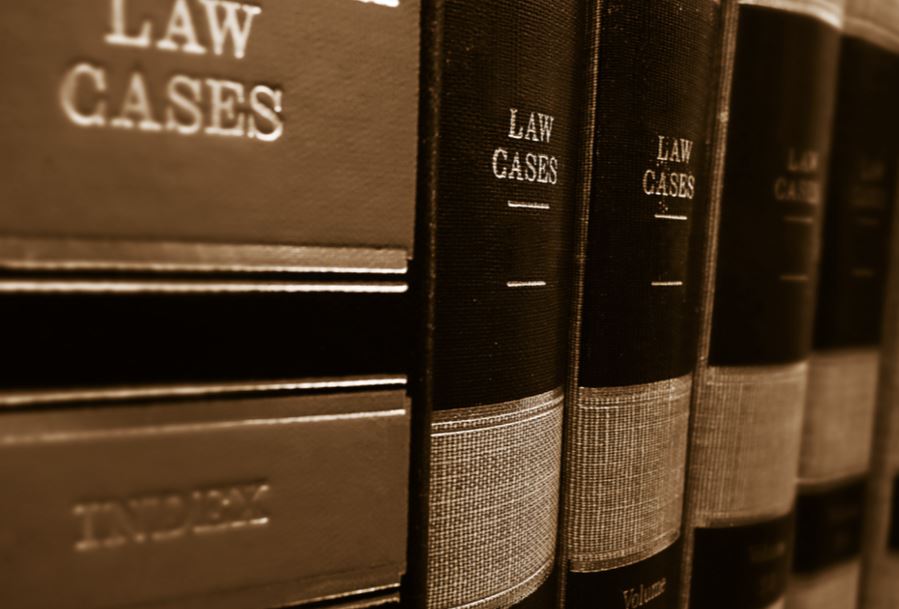Student lawyer Joanna Garvey-Smith assesses how the law categorises victims in the case of Hunter v British Coal Corp [1999] Q.B. 140; [1998] 2 WLUK 195 (CA (Civ Div)) and asks “If an employee is killed in a workplace accident, can a colleague seek compensation for psychiatric injury?”
Background
Hunter v British Coal Corp [1999] Q.B. 140; [1998] 2 WLUK 195 (CA (Civ Div)) took place in the aftermath of the 1989 Hillsborough stadium disaster, which saw 96 victims crushed to death and 766 injured. A landmark Hillsborough case, Alcock v Chief Constable of South Yorkshire [1992] 1 A.C. 310, [1991] 11 WLUK 392, set out the requirements for assessing psychiatric damage claims. Many of the claimants in that case were not in the same part of the football ground as their lost loved ones, or they had seen the traumatic events unfold from home on television. Psychiatric injury caused by events seen on television was a new legal concept and a precedent needed to be set to limit liability so that defendants were not expected to compensate society at large. Over time, the ‘Alcock’ tests have become the benchmark used when determining if someone who did not actually see an incident with their own unaided senses can be classed as a victim.
Hunter v British Coal Corp [1999]: The Facts
The claimant, John Hunter, was driving a diesel ‘F.S.V’ (free steered vehicle) in a mine when the uneven floor caused him to hit a hydrant above the roadway. It started to leak water and a colleague came to help turn it off. The claimant left the scene searching for a hose to divert the water but, unfortunately, the hydrant exploded while he was gone, killing his colleague. Mr Hunter suffered from years of depression, believing himself to be responsible for his colleague’s death. He claimed for negligence, breach of statutory duty and psychiatric injury against the defendants, British Coal Corporation and Cementation Mining Ltd.
County Court Decision
To win his claim, Mr Hunter needed to prove he had a recognised psychiatric disorder brought on by the sudden shock of the accident and that this should have been reasonably foreseeable to his employers. A psychiatrist testified on the claimant’s behalf that there had indeed been a shock to Mr. Hunter’s nervous system. His first thought had been, “A man has died as a result of my hitting the hydrant.” Three years on, the feelings of guilt had become pathological, similar to those experienced by survivors of armed conflict. Unable to stop thinking about the accident, he had difficulty sleeping, eating and working alone underground.
Mr Hunter’s team successfully managed to establish that the accident was caused by his employers’ negligence. Failing to leave a wide enough space for an F.S.V to pass through and failing to position a high-pressure hydrant out of the way of the road below contravened sections 36(1), 81(1) and 83 of the Mines and Quarries Act 1954. The judge even rejected all allegations of contributory negligence on Mr Hunter’s part.
The judge accepted that Mr Hunter’s evidence was consistent with being in a state of shock after hearing that his colleague was dead. He found the employers negligent and in breach of their statutory duty in failing to provide a safe workplace. However, these factors combined were not enough to win the case. Psychiatric injury needs to be directly caused by a sudden event, but the claimant was too remote: he had neither witnessed the accident nor believed he was going to die himself. The judge found Mr Hunter did not qualify as a ‘primary’ or ‘secondary’ victim, so he lost his claim.
How are primary and secondary victims classified in law?
A primary victim is someone who is directly involved in the traumatic event and suffers nervous shock as a result of a reasonable fear for their own safety.
Under the Alcock tests, a secondary victim suffers nervous shock out of a reasonable fear for a primary victim’s safety. There must be a close relationship of love and affection, which is presumed to exist between couples or parents and children but does not extend to siblings, friends or colleagues.
The House of Lords also set out three requirements in Alcock to establish if a duty of care is owed in psychiatric injury cases:
Foreseeability: the claimant must prove that their relationship with the victim was so close that the defendant could reasonably expect them to be affected in this way. Strangers, passers-by or distant relatives, for example, would usually be considered more resilient than a parent or spouse.
Proximity in time and space: the shock must come through sight or hearing of the event or of its immediate aftermath, but not by communication from a third party.
How the shock was caused: the law gives no damages if the psychiatric injury was not induced by a sudden shock. A slow deterioration over time, for example, would not be compensated.
Court of Appeal
Mr Hunter’s legal team claimed it was wrong to say he was neither a primary nor a secondary victim. In the cases of Dooley v Cammell Laird [1951] and Wigg v British Railways Board [1986], a further category of primary victims was set out to include those who thought they were involuntarily responsible for the injury or death of another person. Mr Hunter was immediately involved in an accident caused by the defendants’ negligence. The psychiatric illness he suffered was a foreseeable result of this negligence. If not, at 20-30 yards from the accident and having heard the explosion, he fulfilled the ‘proximity’ requirements to be classed as a secondary victim.
However, the defendants successfully argued that any breach of the duty of care was towards the deceased, not the claimant. The injury was too remote: the claimant had left the scene and it was news of the accident that triggered his psychiatric illness rather than witnessing it himself. The test here was whether a reasonable person in the defendants’ position should have been able to foresee, given the facts available at the time, that a person of reasonable fortitude or strength would suffer psychiatric shock. The Court of Appeal’s answer was no.
Judgment
The appeal was dismissed. The court said there was no case in which someone who was neither present at the scene of an accident nor in attendance as a rescuer had been awarded damages for psychiatric injury as a primary victim. What was more, there was nothing in the Alcock judgment which would allow Mr Hunter to be classed as a secondary victim.
Relevance
This case demonstrates the need for a claimant to actually be present at the fatal accident in order for the court to award compensation for ‘survivors’ guilt’ or psychiatric injury caused by a colleague’s death. The Alcock tests still apply, despite calls over the last 27 years to re-examine the rules of proximity and to extend the definition of secondary victims. The failed Negligence and Damages Bill 2015-16, a Private Members’ Bill by Middlesbrough MP Andrew Macdonald, aimed to widen the scope of secondary victims to include other family members, friends and colleagues. It did not become law, overshadowed by the 2016 Hillsborough inquest where the original ‘accidental death’ verdicts were overturned in favour of ‘unlawful killing’, meaning that South Yorkshire Police now face scores of compensation cases and the law is unlikely to change while these are still ongoing.
Further Reading
From one of the UK’s most read legal blogs.








